I reviewed both Beyond and Impossible burgers back in 2019, shortly after their introduction to the marketplace. In the intervening 5 years, both brands have been refining their recipes, so I wanted to revisit this topic and tell you what’s changed. You can listen to my review here. Below, you’ll find a table comparing the two with lean ground beef.
| Nutrition | Impossible Beef | Beyond Beef | 80% lean beef | 90% lean beef |
|---|---|---|---|---|
| Calories (per 113g) | 230 | 230 | 287 | 199 |
| Total Fat | 13 g | 14 g | 23 g | 11 g |
| Saturated Fat | 6 g | 2 g | 9 g | 4g |
| Cholesterol | 0 mg | 0 mg | 80 mg | 73 mg |
| Sodium | 370 mg | 310 mg | 75 mg | 75 mg |
| Total Carbohydrate | 9 g | 8 g | 0 | 0 |
| Dietary Fiber | 5 g | 2 g | 0 | 0 |
| Protein | 19 g | 21 g | 19 g | 23 g |
| Calcium | 180mg | 120mg | 20mg | 13mg |
| Iron | 4.2 mg | 4 mg | 2.4 mg | 2.5 mg |
| Potassium | 670 mg | 370 mg | 305 mg | 363 mg |
| Vitamin B12 | 3 mcg | ? | 2.4 mcg | 2.5 mcg |
| Zinc | 5 mg | ? | 5 mg | 5 mg |
| Ingredients | Water, Soy Protein Concentrate, Sunflower Oil, Coconut Oil, Natural Flavors, 2% Or Less Of: Methylcellulose, Cultured Dextrose, Food Starch Modified, Yeast Extract, Soy Leghemoglobin, Salt, Mixed Tocopherols (Antioxidant), L-tryptophan, Soy Protein Isolate, Zinc Gluconate, Niacin, Thiamine Hydrochloride (Vitamin B1), Pyridoxine Hydrochloride (Vitamin B6), Riboflavin (Vitamin B2), Vitamin B12 | Water, Pea Protein*, Avocado Oil, Natural Flavors, Rice Protein, Lentil Protein, 2% or less of Methylcellulose, Potato Starch, Pea Starch, Potassium Lactate (to preserve freshness), Faba Bean Protein, Apple Extract, Pomegranate Concentrate, Potassium Salt, Spice, Vinegar, Vegetable Juice Color (with Beet). | Beef | Beef |

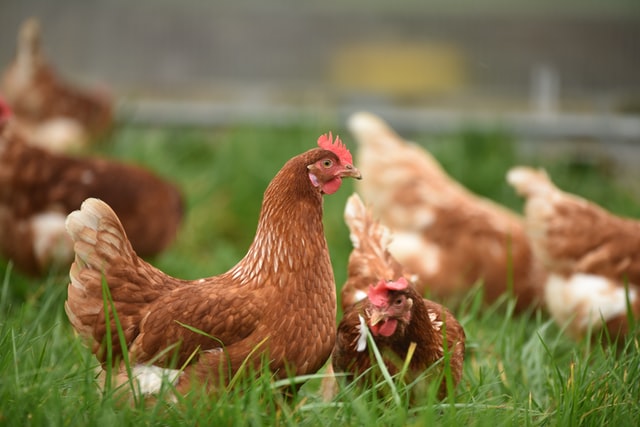
 If you’re looking for a nutritious and shelf-stable treat to bridge the gap between grocery runs, RIND dried fruit snacks are an interesting new (to me) option to consider.
If you’re looking for a nutritious and shelf-stable treat to bridge the gap between grocery runs, RIND dried fruit snacks are an interesting new (to me) option to consider.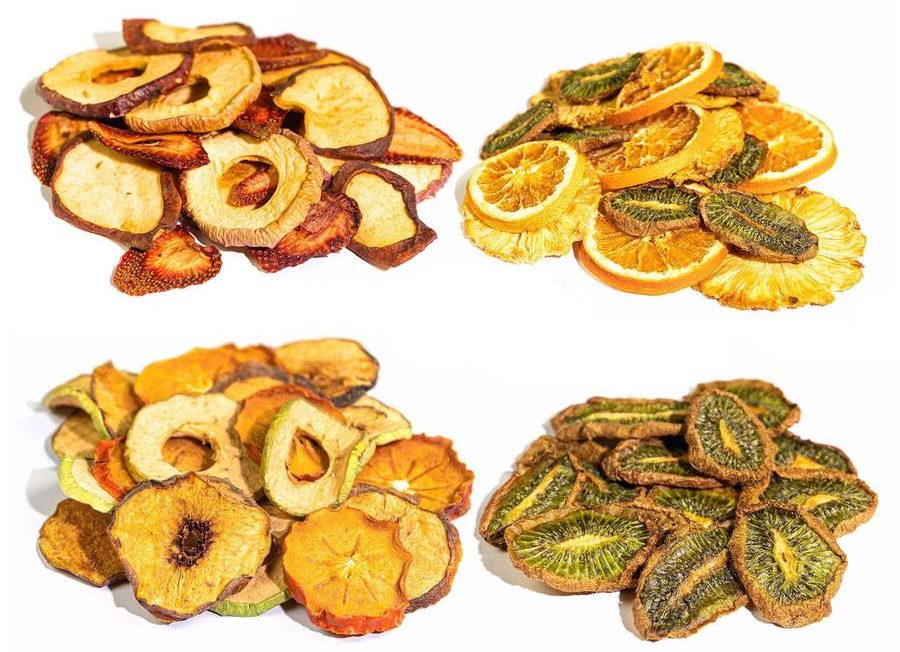
 As a nutrition coach in University of Maryland’s Health Center, I’ve found that my clients who grocery shop regularly are more likely to meet their nutritional goals compared to those who do not. This makes sense, as it’s pretty hard to eat healthfully if you lack nutritious foods in your home. With the Instacart app, you can have fresh produce delivered to your home with the literal flick of your finger. Not having time to make it to the grocery store will no longer be an excuse for not eating healthfully.
As a nutrition coach in University of Maryland’s Health Center, I’ve found that my clients who grocery shop regularly are more likely to meet their nutritional goals compared to those who do not. This makes sense, as it’s pretty hard to eat healthfully if you lack nutritious foods in your home. With the Instacart app, you can have fresh produce delivered to your home with the literal flick of your finger. Not having time to make it to the grocery store will no longer be an excuse for not eating healthfully.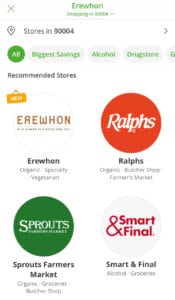 After typing your zip code into Instacart, a list of stores in your area will come up on your screen. After selecting a store, you can use the search bar to quickly find and order specific items, or, for a more authentic grocery store experience, you can add items to your cart as you peruse the different categories. You can also access Instacart
After typing your zip code into Instacart, a list of stores in your area will come up on your screen. After selecting a store, you can use the search bar to quickly find and order specific items, or, for a more authentic grocery store experience, you can add items to your cart as you peruse the different categories. You can also access Instacart 

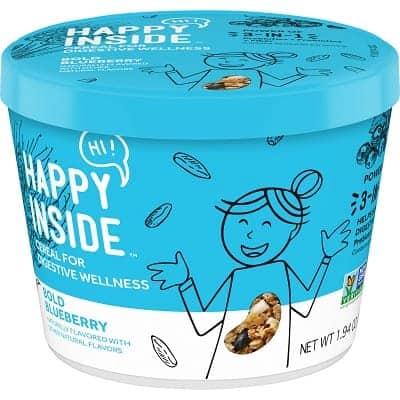 Probiotic foods continue to be one of the hottest food and nutrition trends. And now Kellogg’s has jumped on the bandwagon with a new probiotic cereal called Happy Inside. While this new offering is certainly on trend, I think they’ve missed the mark in a number of ways:
Probiotic foods continue to be one of the hottest food and nutrition trends. And now Kellogg’s has jumped on the bandwagon with a new probiotic cereal called Happy Inside. While this new offering is certainly on trend, I think they’ve missed the mark in a number of ways: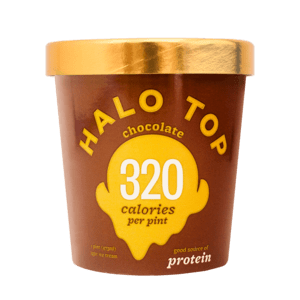 Piper writes:
Piper writes: